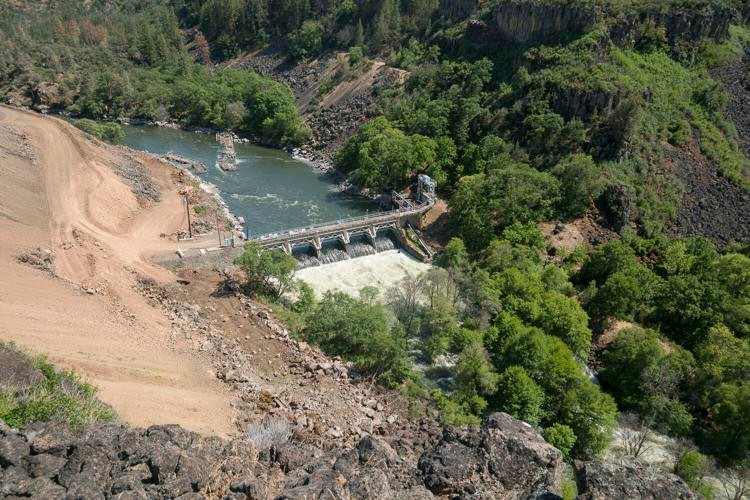
In a groundbreaking environmental milestone, the first Chinook salmon has been spotted in Oregon's Klamath River basin following the removal of four dams on the California side of the waterway. This event marks a pivotal moment in the ongoing efforts to restore the river's ecosystem and revive its once-thriving salmon population.
The sighting of the salmon, which occurred near the Oregon-California border, comes after years of planning and the recent demolition of the Iron Gate Dam, the largest of the four barriers taken down on the Klamath River. The removal of these dams is part of an ambitious project aimed at restoring the river's natural flow and allowing fish to access their ancestral spawning grounds.
For decades, the dams had blocked the passage of salmon, severely impacting the species' ability to reproduce and maintain healthy populations. The decline of salmon numbers has had far-reaching consequences, affecting not only the river's ecosystem but also the cultural and economic practices of local Native American tribes who have relied on the fish for generations.
The journey of this pioneering salmon represents a ray of hope for conservationists, biologists, and local communities. It demonstrates the potential for ecosystem recovery when human-made obstacles are removed, allowing nature to reclaim its course.
Experts are cautiously optimistic about the future of salmon populations in the Klamath River. They anticipate that as more fish make their way upstream, the river's ecosystem will gradually regenerate, benefiting not only the salmon but also other wildlife and plant species that depend on the river's health.
This development is being closely monitored by scientists and environmental agencies, who are keen to understand the long-term impacts of the dam removals on the river's biodiversity and water quality. The success of this project could serve as a model for similar initiatives across the United States and beyond, where aging dams are increasingly being reassessed for their environmental impact.
As the Klamath River continues its journey towards restoration, the arrival of this first salmon in Oregon serves as a powerful symbol of nature's resilience and the potential for positive change when human intervention aligns with ecological needs. It's a story of hope, perseverance, and the enduring spirit of both nature and the communities that depend on it.